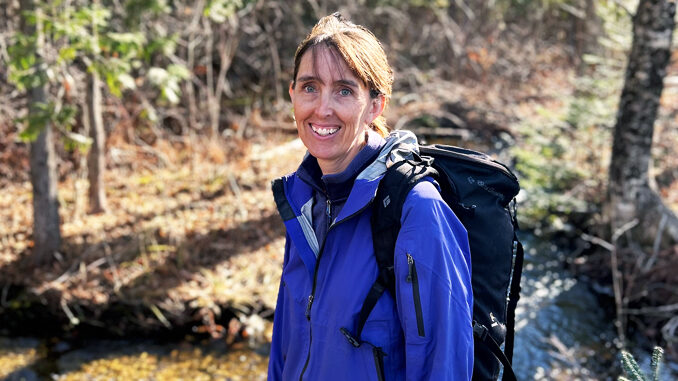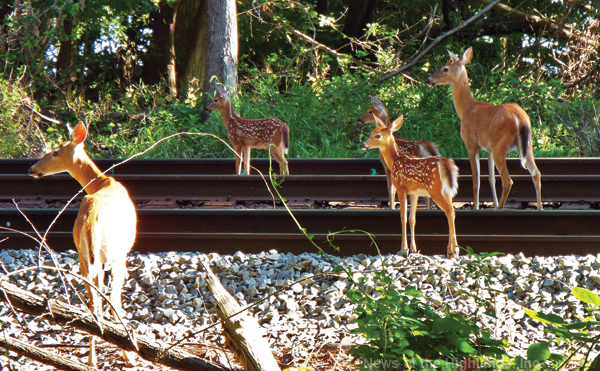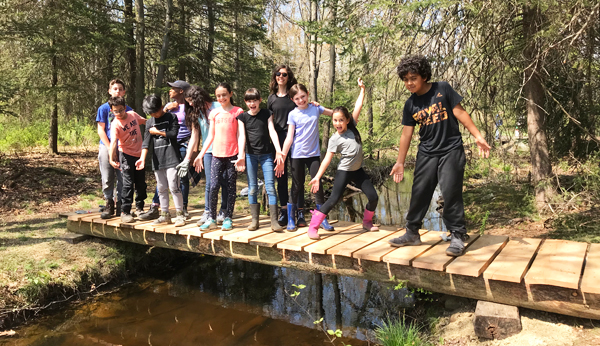
Begins position as executive director next week
Dr. Isabel Ashton is set to formally assume the office of executive director of Black Rock Forest on Nov. 10, succeeding Dr. William Schuster, who spent 30 years in the role. It’s been a dream of hers to return to the forest where she volunteered through the AmeriCorps in the late 1990s.
“I’m really excited,” Ashton said. “I’m thrilled to be coming to Black Rock Forest. I worked there almost 25 years ago and I just loved it. I’ve always wanted to go back. I love the mission of Black Rock Forest. I love the pairing of science and research. I love the mountains and the area. I think it’s rare to have an organization that can do so many things well. It does a great job conserving the area and making the Hudson Highlands better for the environment. So many kids are introduced to the environment and science. It’s a great place.”
Where does your interest in science and nature stem from — I grew up in Brooklyn and got interested in nature through the NYC parks. I lived near Prospect Park and they had a really good environmental education program. I just loved it. It wasn’t something my family was into. I developed it on my own. As a kid I loved science and math.”
While in graduate school, Ashton worked on the effect of invasive plant species on the forests in the New York area. After that, she obtained a job working at the University of California, Irvine doing research in the Rocky Mountains studying the effect of pollution and climate change on plants in the alpines. She spent three years there before taking a job with the National Parks.
Service as an ecologist. She spent the next 14 years as a scientist and program manager at the Katahdin Woods & Waters National Monument in Maine, overseeing the development of science and resource management of 87,500 acres of forest.
Returning to the forest after about 25 years, Ashton’s first experience was through AmeriCorps.
She spent a year conducting research, studying the effect of climate change and pollution on tree forest growth. She helped manage some of the weather stations and spent a lot of time doing education programs in the Newburgh and Cornwall schools, going into classrooms and taking kids on field trips to Black Rock as well. Ashton was also part of the Building Watershed Bridges program where she looked at pollution in different watersheds in the Hudson Valley and its impact on the Hudson River.
A few years later, Ashton returned to the forest where she served as a part-time data manager for six months.
As the new executive director, Ashton plans to add to the success Schuster has already realized by increasing the capacity for science and building even more partnerships and stronger relationships with the consortium members. In the short-term, Ashton anticipates the first year or so will be dedicated to getting to know the educational partners involved with the forest and building on the existing network.



